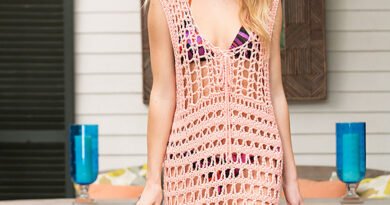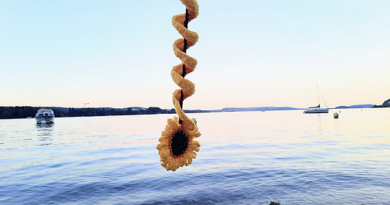Cheers Square
They are timeless, classic and bring elegance and refinement to the most diverse environments in the house. Do you know what we’re talking about? From the Persian rugs. This glamorous decoration item is recognized worldwide for its quality, exclusivity and beauty.
They are unique pieces produced by hand and that can take years to complete. Persian rugs are produced in Iran, a territory that formerly belonged to Persia. The first historical records that date back to the use of these carpets date from 664 to 250 BC, when the ancient nomadic tribes of Persia produced the carpets to protect themselves from the harsh winter. In this post you can see more about it and learn how to make a beautiful Cheers Square.
Even with all current technology, Persian rugs continue to be produced by hand. To give you an idea of how meticulous this work is, artisans take about a year to produce just one square meter of Persian rug, have you ever stopped to think about the difficulty? However, a Persian rug can last for more than a hundred years.
Check out some more features and curiosities about the Persian rug now. A true Persian rug has unique characteristics that must be observed carefully so that you do not run the risk of taking a pig in a poke.

The first and most noticeable of these characteristics is the wrong side of the rug. It should be identical to the front, with the difference that the colors are slightly softer. The original Persian rugs are always produced by hand.
Also notice the pattern of colors prevalent in the carpet. The authentic and classic Persian rugs take only three colors: red, blue and yellow, so if you hear a pattern of different colors, you should be suspicious.
The most used materials for making this type of rug are wool and cotton, although some versions use silk threads as well. Now, the most important thing in determining the originality of a Persian rug is its visual pattern. Persian rugs are always made using the same design scheme, starting with the outer secondary edge, moving to the main edge, then the inner secondary edge, the corners until you reach the field and finally the central medallion, so pay attention to the design that yours has.
This design scheme is always accompanied by geometric figures, medallions and flowers. Persian rugs are pieces that have a classic and traditional bias, so they harmonize very well with decorations in the same line, they will work as a complement to the decoration and will give a special touch to the environment.
However, it is still possible to use Persian rugs in modern decoration proposals, exploring the contrast game that is formed in the environment. All of these characteristics weigh in on the total cost of the Persian rug. This type of carpet can cost more than a popular car, reaching $ 9,231.48.
Are you enjoying it? Also check out these Free Patterns:




